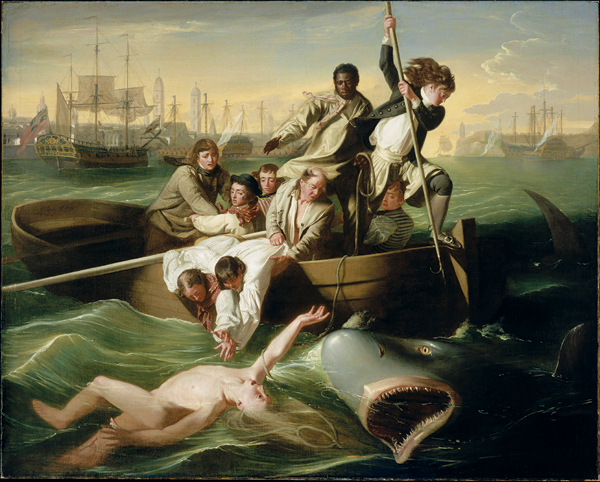How Studying Art Helps Doctors Build Teamwork
 John Singleton Copley’s Watson and the Shark © Museum of Fine Arts, Boston (Gift of Mrs. George von Lengerke Meyer)
John Singleton Copley’s Watson and the Shark © Museum of Fine Arts, Boston (Gift of Mrs. George von Lengerke Meyer)
Team-based medical care is an emerging trend, but for this model to be a success, all members of a medical unit have to work together to break down hierarchical walls, says Joel Katz, a doctor at Brigham and Women’s. That’s why he helped create the hospital’s Arts Curriculum program, in which interdisciplinary teams view and interpret artworks at the Museum of Fine Arts.
During one recent excursion, for instance, a group of doctors, nurses, pharmacists, and physical therapists studied John Singleton Copley’s Watson and the Shark. So what are the benefits? “Works of art provide practice in dealing with visual evidence, as well as dealing with ambiguity,” says Ray Williams, the art-education consultant who until recently led the groups through the museum.
Katz, for his part, hopes that learning these close examination skills at the MFA can help medical professionals work together to better diagnose future patients.

